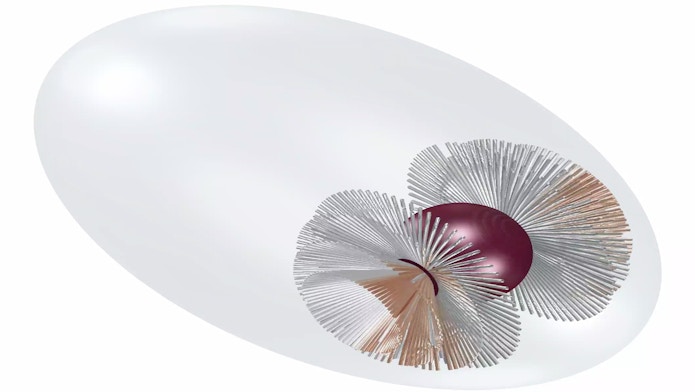‘Active Matter’ Research Explores How Biological Systems Put Themselves Together

By clicking to watch this video, you agree to our privacy policy.
The DNA inside a cell’s chromosomes contains a blueprint for assembling and regulating all the cell’s proteins, but that blueprint is not simply lying open, waiting to be read. Instead, tiny ‘machines’ within the cell are constantly thumbing through the pages, moving the fibers of DNA to bring certain regions together into useful combinations. And when a cell divides, the chromosomes get moved about even more: A spindle structure pushes and pulls them into formation and escorts them into the newly born cells.
“All of this movement factors into how cells work and how they divide,” says Michael Shelley, leader of the biophysical modeling group at the Center for Computational Biology in the Flatiron Institute, a division of the Simons Foundation. “It’s not just a matter of molecules and chemical reactions — there’s physics in there, and fluid dynamics too.”


